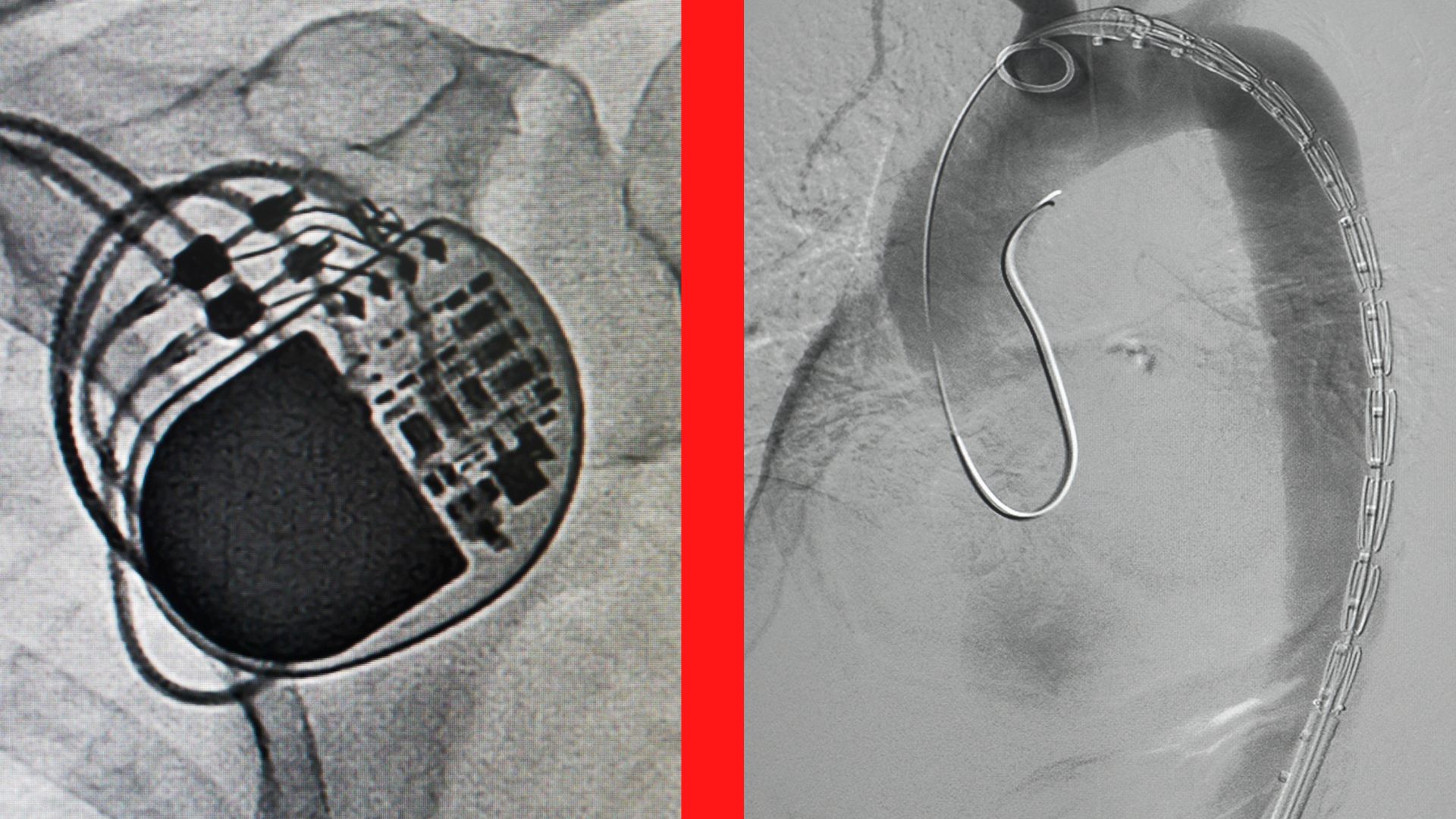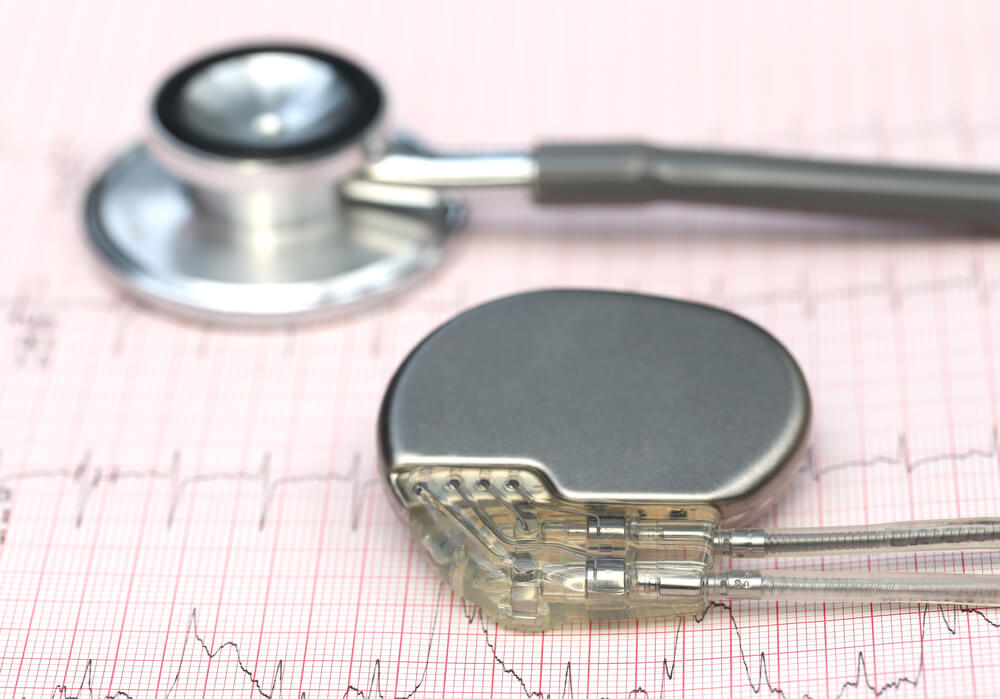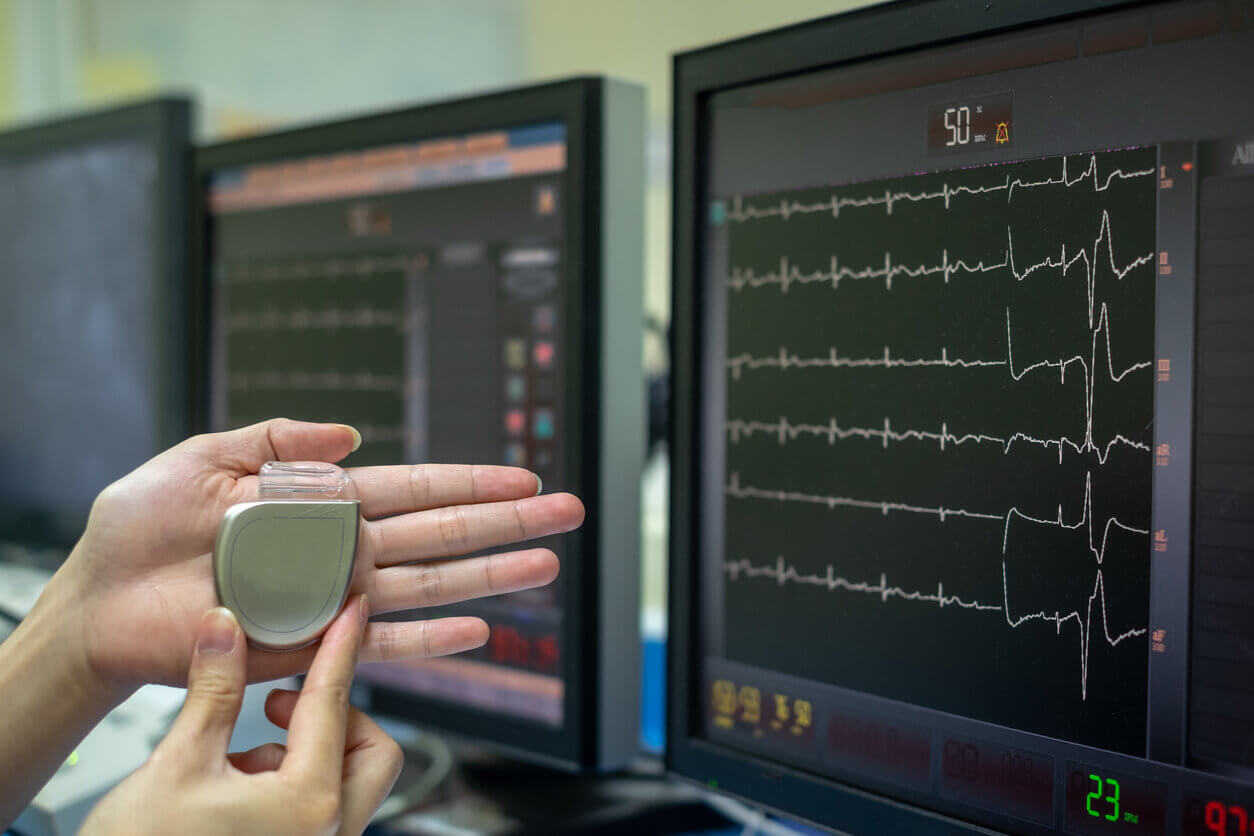Pacemakers are devices that are indispensable in the treatment of certain heart conditions today!
The implantation of a pacemaker increases the chances of a normal and high-quality life for patients with dangerous heart rhythm problems. When you find yourself in a situation where this intervention is necessary, it is important to carefully choose the place where the procedure will be performed, as the pacemaker needs to be perfectly positioned – implanted and monitored to utilize all its advantages in monitoring risky conditions.
One of the best Pacemaker Center in Belgrade is located within our Cardiology Center Pulse!
Pulse Cardiology Center has the most advanced Angiography room ( Cath-lab ) in the country, and our experts are trained to perform this procedure as well as to further monitor the functioning of the pacemaker and program it according to the patient’s needs. There are many reasons why a pacemaker is recommended to patients. Its importance and value lie in the fact that it is not a universal solution for combating heart problems, but rather tailored to each individual patient.
If you or someone close to you is preparing for this intervention, it is important to understand how it is performed and why post-implantation pacemaker checks are crucial for the patient’s ongoing life.
Who is a candidate for pacemaker implantation?
Patients who have problems with their heart function, specifically with their heart rhythm, may be candidates for pacemaker implantation. Pacemakers cannot be used for ventricular tachycardia and atrial fibrillation, but they can be used to control the heart’s function when a patient has bradycardia or another form of arrhythmia.
Electrophysiological studies are often recommended to patients to determine if a pacemaker is the best solution for them. Not every case of bradycardia or other types of arrhythmias necessitates a pacemaker. It depends on the symptoms the patient experiences, their response to therapy, their overall condition, the presence of other comorbidities, and other factors. Pacemakers do not prevent the occurrence of heart attacks and strokes, as those are caused by blockage in the blood vessels.
What is a pacemaker?
A pacemaker is a device that consists of an electrical pulse generator (a matchbox-sized metal casing containing a computer and a battery) and one or more electrodes that connect the casing to the heart. The electrodes can extend to either one or both chambers of the heart.
The type of pacemaker implanted depends on the patient and the specifics of their condition. It significantly improves the patient’s quality of life and allows for better and safer management of the disease compared to certain medications, for example. Individuals with a pacemaker should not consider themselves incapable of performing daily activities as, in most cases, it does not impose significant limitations.
It is important to discuss with the doctor the best way to proceed with one’s life, as the condition managed by the pacemaker may not be the only health concern the patient has. Individuals whose profession involves proximity to or use of devices that emit electronic magnetic signals should disclose this information to their doctor.
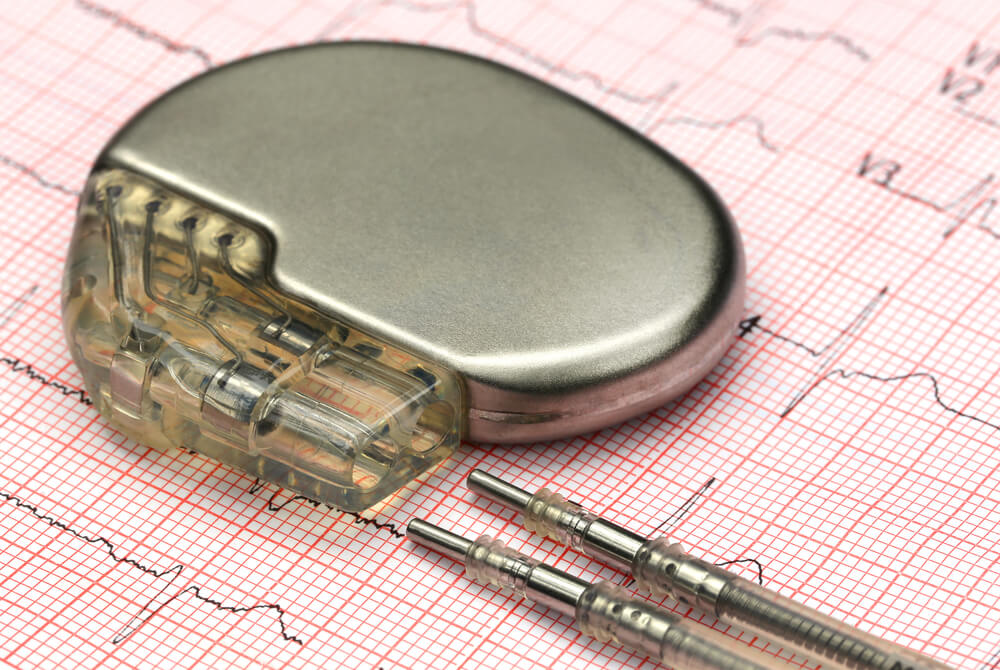
What does the pacemaker implantation procedure look like?
This procedure has become routine and is performed by highly experienced doctors at the Pulse Cardiology Center, whom you can trust with the health of your heart without any fear.
Before the procedure, certain tests and analyses need to be conducted, such as:
Prior to the intervention, it is important not to eat anything (starting from midnight) and only take medications approved by the doctor. The procedure itself takes about an hour and is performed under local anesthesia, so the patient remains awake but does not feel any pain. The device casing is placed beneath the collarbone and connected to the appropriate part of the heart using electrodes. The pacemaker is responsible for monitoring the heart rhythm and providing stimulation when necessary. You should not feel the operation of the pacemaker, as it is not a defibrillator and does not deliver shocks.
After the intervention, it is mandatory to stay in the hospital for at least 24 hours for the doctors to monitor your condition and vital signs. Additionally, you will receive an identification card containing information about the device, the doctor who performed the implantation, and the facility where it was done. It is important to always carry this card with you, as in case of a worsening condition, you may not be able to communicate these vital details to the medical professionals.
Can certain objects interfere with a pacemaker?
Most everyday objects have no impact on the functioning of a pacemaker. It is often advised to use a mobile phone on the side opposite to where the pacemaker is implanted, although it should not significantly affect it.
When passing through a metal detector, it may react to the pacemaker. Therefore, it is important to inform the personnel monitoring passenger or visitor movement that you have a pacemaker. They may ask for proof, so it’s good to have a card containing information about the device and the pacemaker implantation. Magnetic resonance imaging (MRI) is not recommended for patients with an implanted pacemaker, and caution should be exercised when returning to a job involving devices with strong electronic magnetic signals.
When should you contact the doctor after pacemaker implantation?
The first pacemaker check-up will typically take place after two weeks, and then the intervals between check-ups will be longer, usually every six months, although they may be more frequent if necessary.
Patients are also often concerned about the exceptional circumstances in which they should contact the doctor without hesitation when they have a pacemaker.
If you notice the following, you will need to see a doctor:
- Muscle twitching
- Recurrence of disease symptoms
- Skin discoloration above the implantation site
- Leaking or infected-looking incision
Do not attempt to treat changes in the incision on your own. The problem can be easily addressed in a medical setting, and if the wound is improperly handled by an unqualified person, complications can arise.
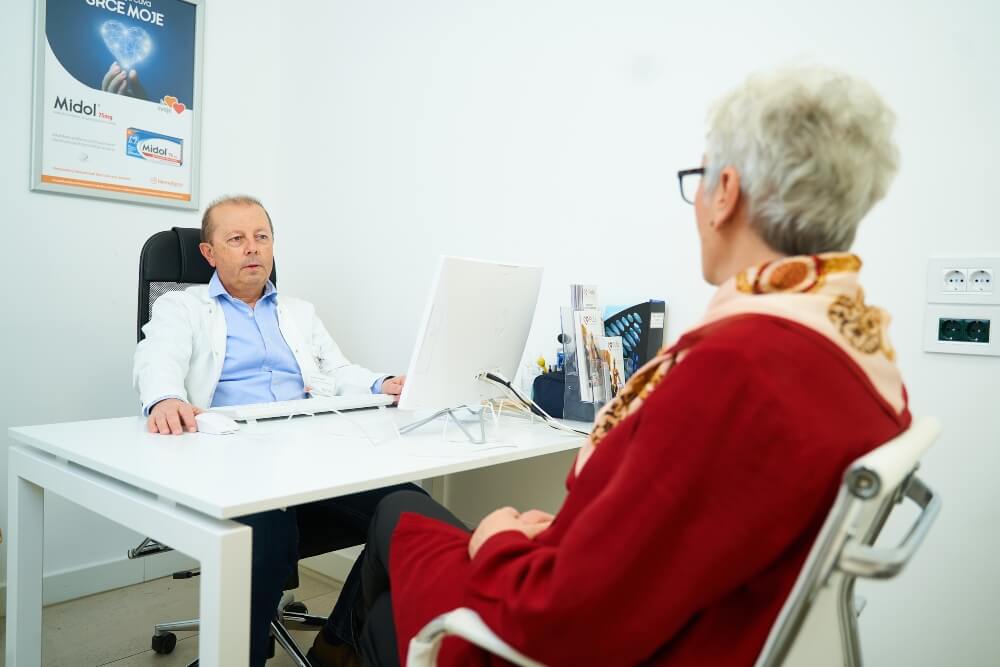
What does a pacemaker check look like?
Regular pacemaker checks are neither painful nor uncomfortable. A device is brought close to the chest to read information from the pacemaker. This allows for the assessment of battery status and other important heart-related information, as well as the need for any reprogramming of the pacemaker.
Reprogramming is also a painless procedure and is done through a device that is placed on the area where the pacemaker is located. The checkup is simple and quick, but it requires an experienced professional who is trained to interpret the data and perform the programming, and such experts are part of our team!
Pacemaker battery – monitoring and replacement
The batteries used in pacemakers typically last between 5 and 7 years, sometimes even up to 10 years. It is difficult to determine exactly when a battery replacement will be needed because battery performance and depletion vary among individuals. This is why regular check-ups are important!
Skipping check-ups and not knowing the battery status should be avoided, as you need a functioning device. In addition to monitoring the battery, device reprogramming may also be necessary, and this can be assessed during check-ups. When a battery replacement is required, it involves a medical procedure, while device reprogramming is done using a specialized device that is placed near the area where the device is implanted. The battery replacement procedure is outpatient and straightforward, and during the process, the electrodes are also tested to ensure their functionality. The procedure usually takes about an hour.
The implantation of the device, monitoring, reprogramming, and replacement due to battery depletion are all available in one place, at the Pulse Cardiology Center! Thanks to modern technology, we are able to remotely monitor your condition and provide you with the best and fastest care when needed.
Schedule an appointment at our Pacemaker Center. You are in safe hands with us!



